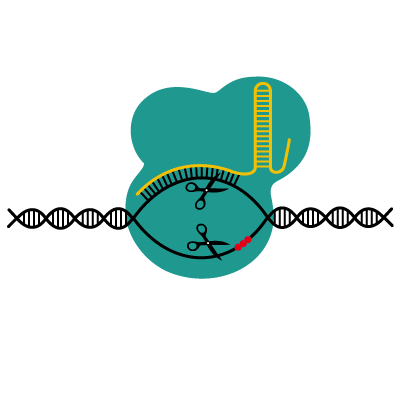Base editing marches on the clinic
By Michael Eisenstein,
Nature
| 05. 09. 2022
This year could see the first trials of therapies employing base editing that introduce precise single-nucleotide changes into patient genomes.
Two companies, Beam Therapeutics and Verve Therapeutics, are leading the charge of base editing therapies to the clinic. Last November, Beam got the green light from the US Food and Drug Administration (FDA) for its upcoming BEACON-101 trial that will use base editing to restore expression of fetal globin in bone marrow stem cells. In parallel, Verve is preparing to embark on an in vivo base editing trial to treat patients who have experienced a heart attack and have abnormally high cholesterol levels by targeting the proprotein convertase subtilisin/kexin type 9 (PCSK9) gene, after obtaining promising results from preclinical work in rodents and non-human primates. “We’re optimistic about dosing our first patients in the second half of this year,” says Verve CEO and co-founder Sekar Kathiresan. The rapid progress of base editing programs is attracting interest from major pharmaceutical companies: in January, Beam entered a collaboration with Pfizer that could net the company up to $1.3 billion.
Beam’s rapid progress to the clinic — using technology developed just six years ago — has been built on the shoulders...
Related Articles
By Josie Ensor, The Times | 12.09.2025
A fertility start-up that promises to screen embryos to give would-be parents their “best baby” has come under fire for a “misuse of science”.
Nucleus Genomics describes its mission as “IVF for genetic optimisation”, offering advanced embryo testing that allows...
By Hannah Devlin, The Guardian | 12.06.2025
Couples undergoing IVF in the UK are exploiting an apparent legal loophole to rank their embryos based on genetic predictions of IQ, height and health, the Guardian has learned.
The controversial screening technique, which scores embryos based on their DNA...
By Vardit Ravitsky, The Hastings Center | 12.04.2025
Embryo testing is advancing fast—but how far is too far? How and where do we draw the line between preventing disease and selecting for “desirable” traits? What are the ethical implications for parents, children, clinicians, and society at large? These...
By Grace Won, KQED Forum [with CGS' Katie Hasson] | 12.02.2025
In the U.S., it’s illegal to edit genes in human embryos with the intention of creating a genetically engineered baby. But according to the Wall Street Journal, Bay Area startups are focused on just that. It wouldn’t be the first...




